
After the War between the States (1861-65) in America, the Southern President Jefferson Davis, was held in prison for trial on a charge of treason. But no charge could stick since, as the Supreme Court held, there was nothing in the U.S. Constitution that prohibited the secession of states.
If secession was not illegal, neither Davis nor any other Confederate leaders could be guilty of treason.
Indeed, on one view, the leaders of the North should have been tried for illegally attacking the seceding states who were exercising a right permitted by the Constitution.
Jeff Davis was a Southern gentleman who had married the daughter of US President Taylor, had fought in the Mexican wars and had been a US Senator and US Secretary of War. The unchivalrous Yankees treated him shamefully in prison even denying him basic privacy.
One man, however, accorded him due respect.
Whilst Davis was in prison, Blessed Pope Pius IX sent, to the former President of the Confederate States of America, a crown of Jerusalem thorns hand-woven by the Pope’s own hands which, given their sharpness, he could not have done without drawing blood. The Sovereign Pontiff also sent his own portrait self-autographed with the Scriptural verse:
“If any man will come after me, let him deny himself, and take up his cross, and follow me.”

This was partly in response to the fact that when Pope Pius himself was in exiled in Gaeta, fleeing the revolutionaries of Garibaldi's Roman republic, Jefferson Davis corresponded with him consoling him in his tribulation.

Blessed Pope Pius IX was the only European Catholic prince who recognised the Confederate States government referring to Davis as "His Excellency, the President of the Confederate States of America".
While her husband languished in prison, Varina Davis, the wife of the ex-President, was herself, with her children, succoured by the Sisters of Charity, something, she noted, that none of the members of her own religion seemed willing to do. The sisters also educated her children.
Interestingly, Davis himself had been sent by his father to be educated by the Dominican Fathers in Kentucky and, aged 9, Davis had asked to be received into the Church but his family were reluctant.Davis himself later became a High Church Episcopalian having been received by a former West Point classmate, Leonidas (later Bishop) Polk, who later died as a Confederate general.
Abraham Lincoln, on the other hand, though he liberally sprinkled his speeches with religious imagery, rarely attended any church and was not a member of any Christian denomination.
Davis began corresponding with Pius IX when agents of the North sought to recruit mercenaries from Poland and Ireland. Davis asked the Pope to discourage this, which the latter did as he did not wish to raise the American conflict to an unduly international level .
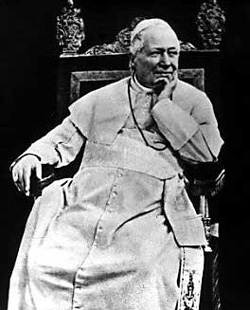
Davis and Pius IX shared many views and opinions and had a shared outlook toward the world and politics in the sense that they believed in the old world of honour, courtesy, hierarchy, chivalry and the land. For this reason, too, all Catholic bishops in the South supported the Confederacy.
The real issue in the War between the States was not slavery but States’ Rights and subsidiarity – a bit like the battle that is currently being fought at a purely political level between Brussels and the Member States of the European Union.
The Church had long ago condemned slavery and the slave trade and that most conservative and supposedly “reactionary” of popes, Pope Gregory XVI, had issued an Apostolic Constitution roundly condemning the slave trade.
As I have mentioned in other posts, it was the so-called “liberals” who legalised slavery, not the conservatives and Catholics.Black slavery in America began in the North and was first legalised there, in Massachusetts, in 1625. Northern liberals and Protestants were as likely to be slavers and segregationists as anyone in the world.
Lincoln’s solution was even worse. He wanted all blacks to be rounded up and sent to Liberia in Africa.In August, 1862, he convened a White House conference with black leaders and said to them:
“Why should people of your race be colonized, and where? Why should they leave this country? You and we are different races. We have between us a broader difference than exists between any other two races. Whether it is right or wrong, I need not discuss; but this physical difference is a great disadvantage to us both, as I think. Your race suffers very greatly, many of them, by living among us, while we suffer from your presence. If this is admitted, it affords a reason, at least, why we should be separated.”
No, the real issue was States’ Rights and secession. And like most believers in revolution, as Lincoln was, of course, he was also implacably opposed to any such revolution against his own power. Such is the hypocrisy of revolution.
Also it was a war between the more traditional and agrarian interests and the radical and moneyed urban interests.
Interestingly, there were some 20 Confederate generals who were Catholics and many in Davis’ cabinet.
 So, too, the native American Indians were allies with, and fellow-soldiers in, the Confederacy. The Cherokee nation had representatives in the Confederate Congress in Richmond and a full blood Cherokee, Stand Watie, was the last Confederate general to surrender.
So, too, the native American Indians were allies with, and fellow-soldiers in, the Confederacy. The Cherokee nation had representatives in the Confederate Congress in Richmond and a full blood Cherokee, Stand Watie, was the last Confederate general to surrender.
Many ordinary Southerners were also Catholic. Not a few of them, or their sons and daughters, joined religious orders. Catholic sisters of various orders, in the North as well as the South became the first nurses to tend wounded and ill troops during the War and not, as is oft supposed, the Red Cross.
Southern priests were among the first chaplains in the armies of either side and one in particular must be mentioned: Fr. Abram J. Ryan. Born in Virginia and ordained shortly before the war broke out, he is known as the “poet of the Confederacy.” One poem of his, Conquered Banner, can still be recited by heart by very many Southerners.
Davis always wore a St. Benedict Medal and a Miraculous Medal as well as a French scapular. Someone had also given him the brown scapular of the Discalced Carmelites. All of these he wore in prison and preserved to the end of his life.
He was known to be a familiar meditator on the Crucifixion and carried a worn and coverless 1861 edition of The Imitation of Christ, an 18th-century translation from the Latin by Richard Challoner, the English Roman Catholic Bishop, and which he used often, in his imprisonment, as a manual of prayer.

The Bonnie Blue Flag
We are a band of brothers, and native to the soil,
Fighting for our liberty, with treasure blood and toil;
And when our rights were threatened; the cry rose near and far,
Hurrah for the Bonnie Blue Flag, that bears a single star.
Chorus: Hurrah! Hurrah! For Southern rights hurrah!
Hurrah! For the Bonnie Blue Flag that bears a single star.
As long as the Union was faithful to her trust,
Like friends and like brothers, kind were we and just;
But now, when Northern treachery attempts our right to mar,
We hoist on high the Bonnie Blue Flag that bears a single star.
First gallant South Carolina nobly made the stand;
Then came Alabama who took her by the hand;
Next, quickly, Mississippi, Georgia, and Florida,
All raised on high the Bonnie Blue Flag that bears a single star.
Ye men of valor gather round the banner of the right,
Texas, and fair Louisiana, join us in the fight
Davis our loved President, and Steven statesmen are,
Now rally round the Bonnie Blue Flag that bears a single star.
And here's to brave Virginia; the old Dominion state,
With the young Confederacy, at last has linked her fate.
Helped by her example, now other states prepare,
To hoist on high the Bonnie Blue Flag that bears a single star.
Then here's to our Confederacy, strong we are and brave,
Like Patriots of old we’ll fight our heritage to save,
And rather than submit to shame, to die we would prefer.
So cheer for the Bonnie Blue Flag that bears a single star.
Then cheer, boys, cheer, and raise a joyous shout.
For Arkansas, and North Carolina, now have both gone out,
And let another rousing cheer for Tennessee be given.
For the single star of the Bonnie Blue Flag has grown to be eleven.
New chorus: Hurrah! Hurrah! For Southern rights Hurrah!
Hurrah!For the Bonnie Blue Flag has gained eleven stars.


St Andrew is crucified upon a saltire cross (from a Flemish Book of Hours).
The St Andrew's Cross was adopted by the Kings of Scotland as the Scottish flag and banner and later adopted by the Confederate States of America for its battle flag.
...
 General Robert E. Lee is often regarded as the epitome of the Southern Gentleman, as almost all commentators, even hostile ones, agree.
General Robert E. Lee is often regarded as the epitome of the Southern Gentleman, as almost all commentators, even hostile ones, agree.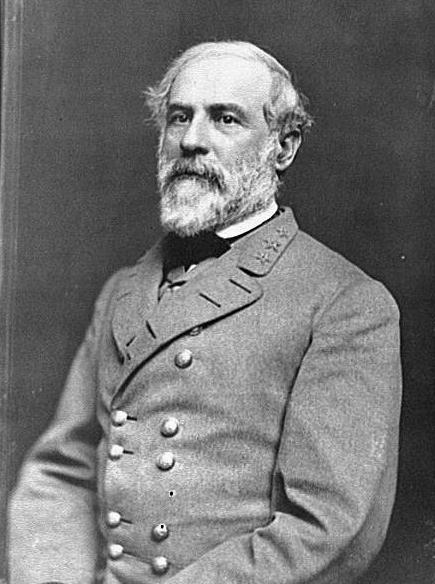
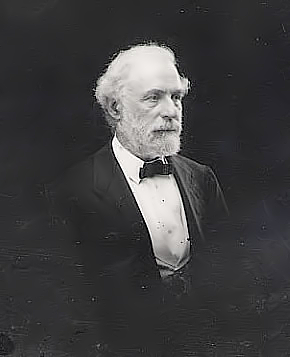










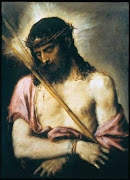



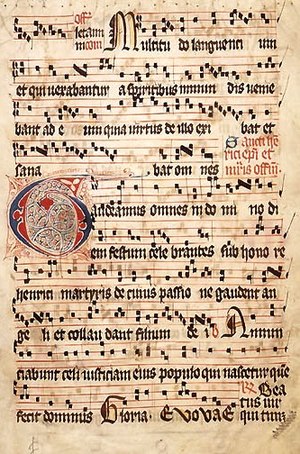

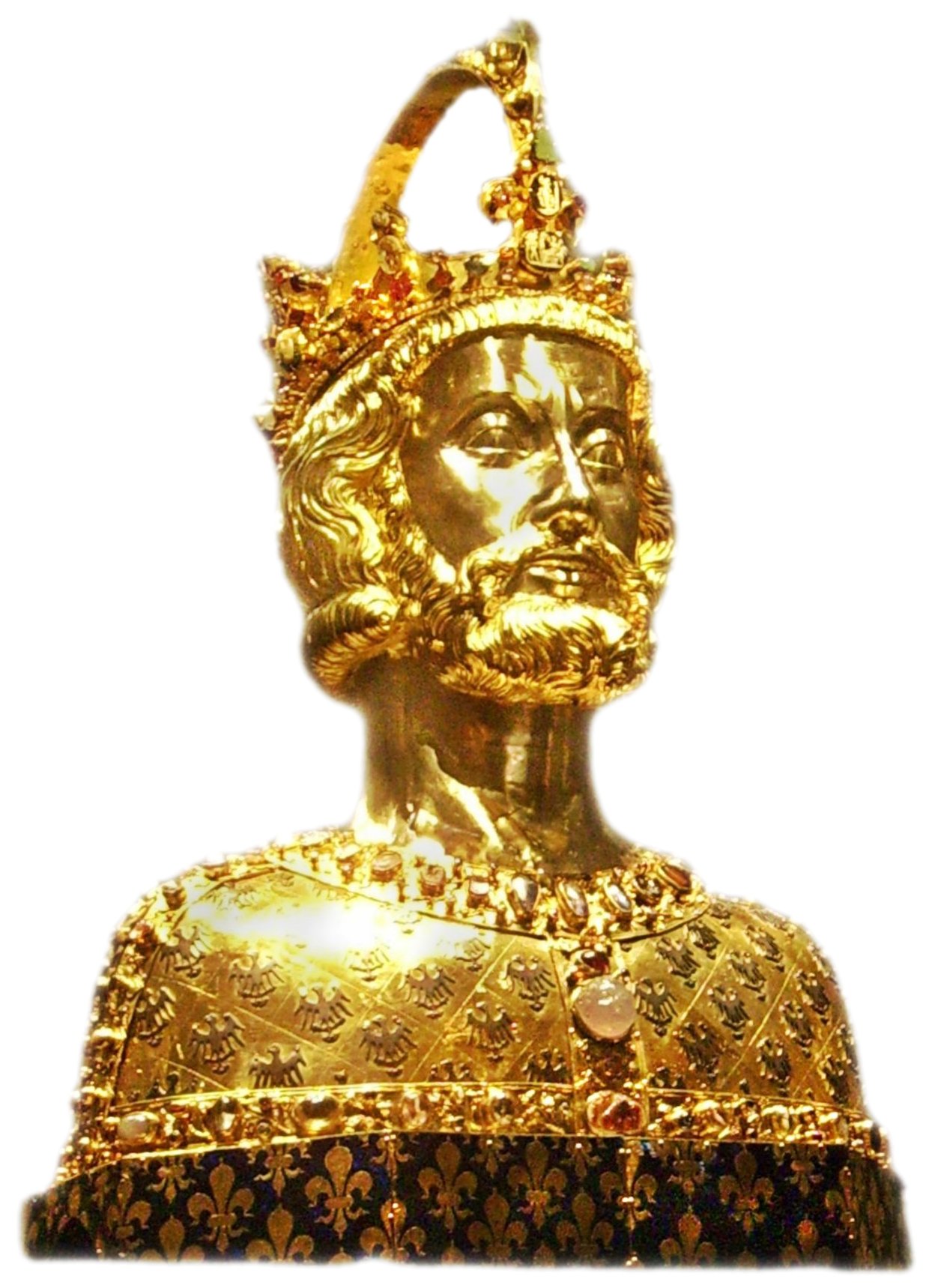



.jpg)


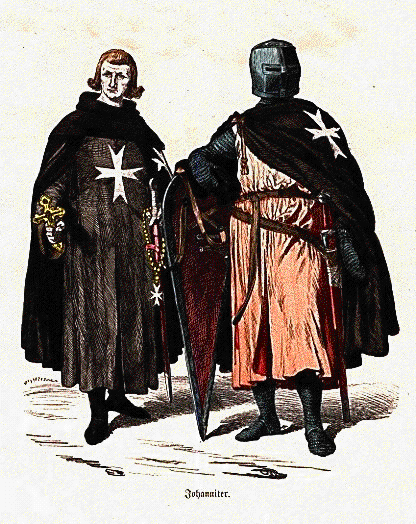

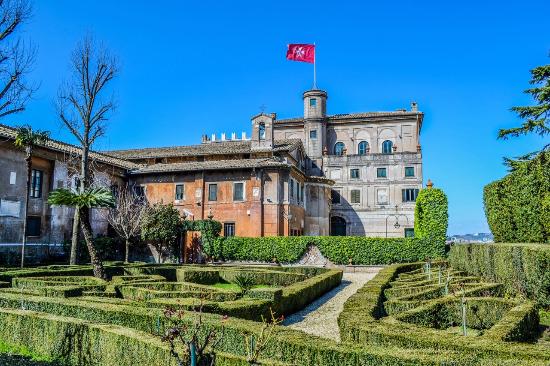


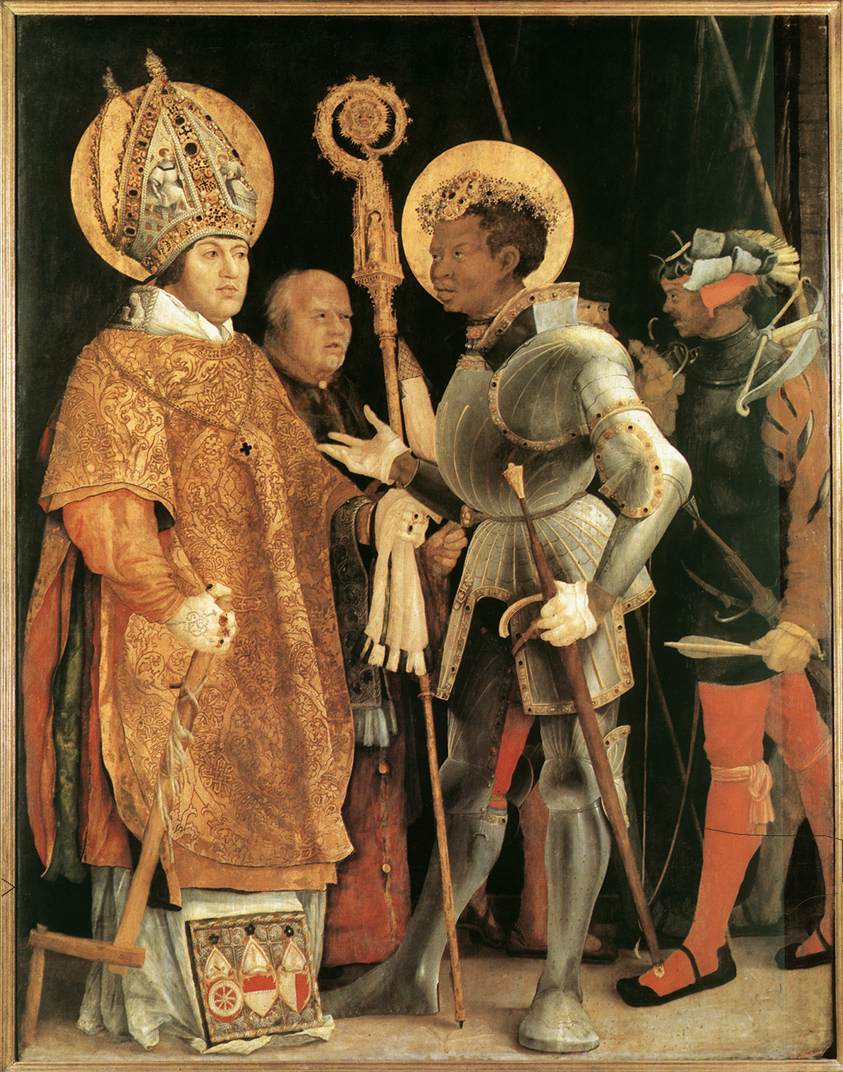
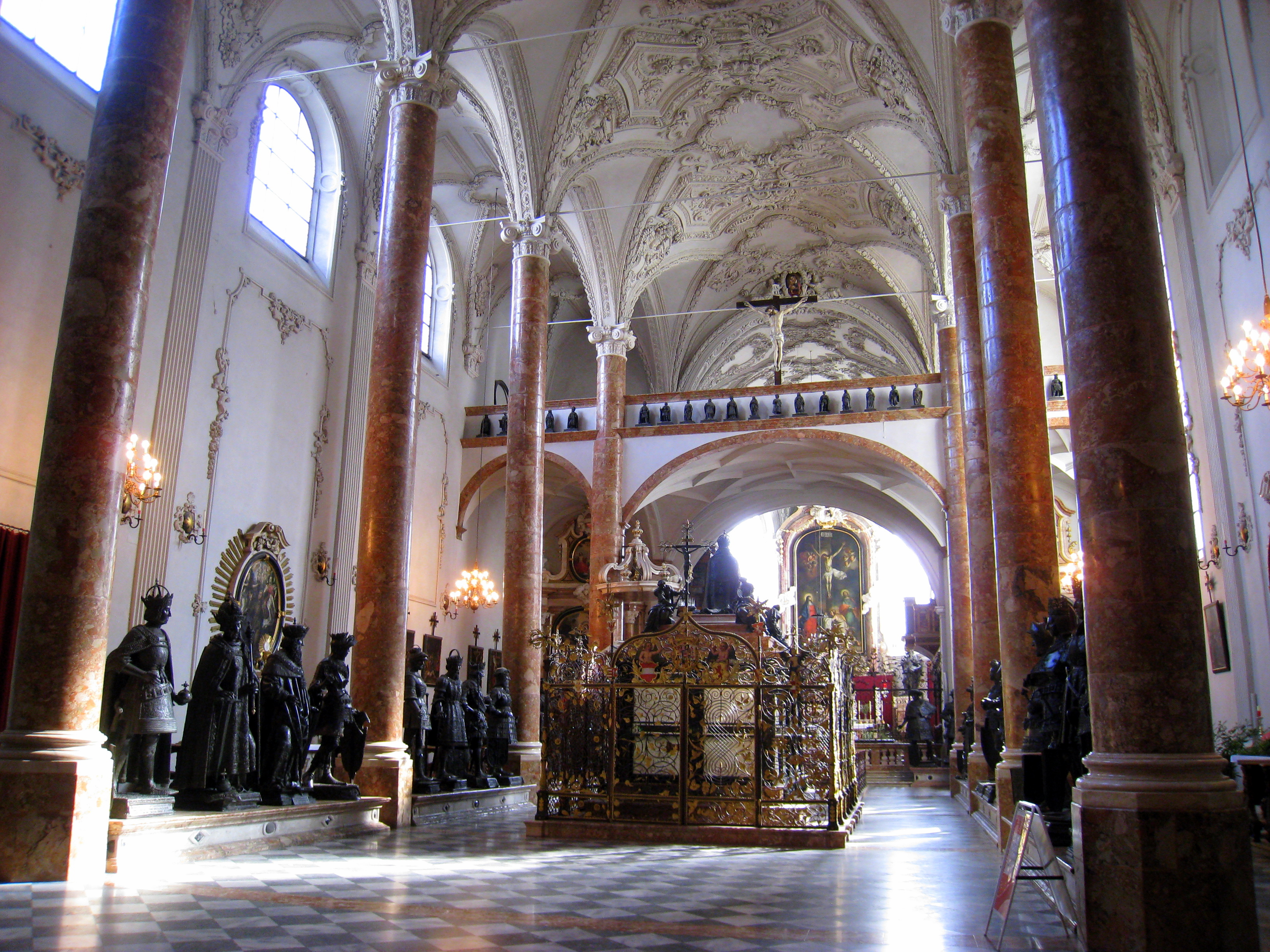
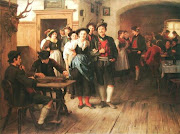

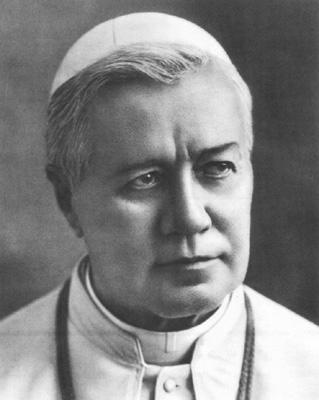














_-002.jpg/220px-Circle_of_Anton_Raphael_Mengs,_Henry_Benedict_Maria_Clement_Stuart,_Cardinal_York_(ca_1750)_-002.jpg)


